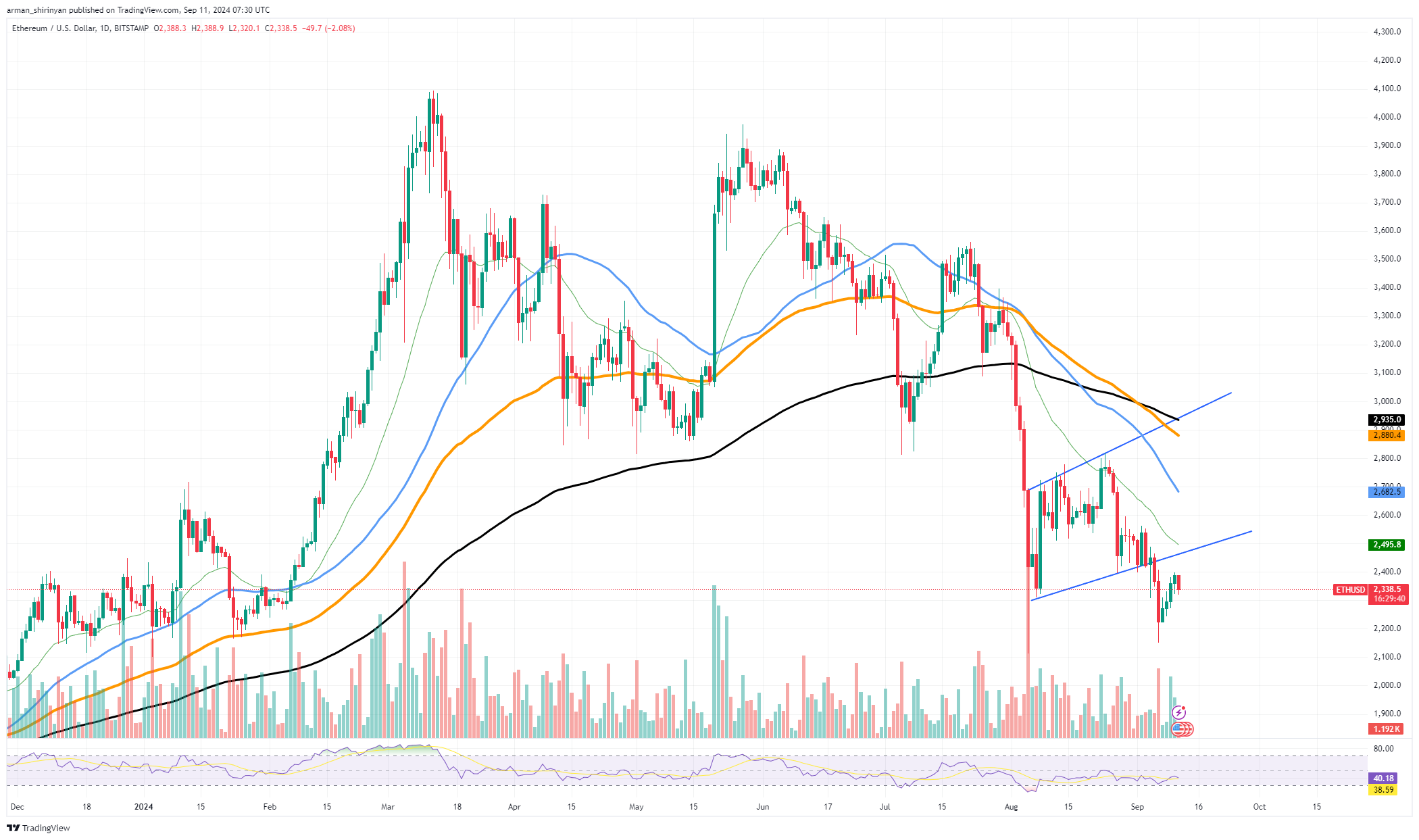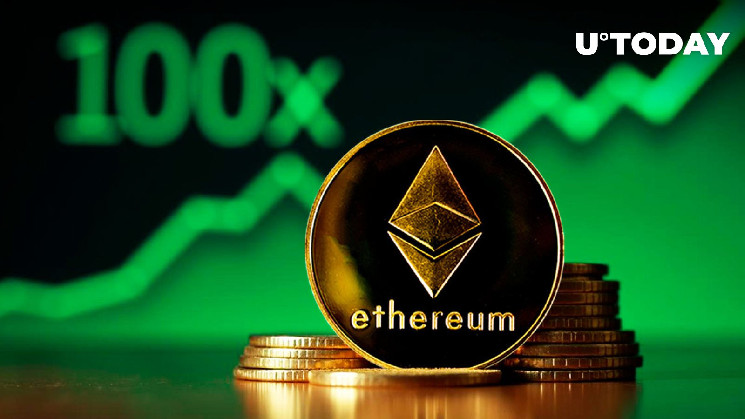Crucial Ethereum (ETH) Upgrade Can Lead to 100x: Adam Cochran Reveals
 u.today 11 September 2024 09:04, UTC
u.today 11 September 2024 09:04, UTC Because based rollups change Ethereum’s incentive structure, they could significantly increase demand for ETH and change the way the platform is monetized. These rollups give new revenue streams and boost staking value by integrating directly with Ethereum validators.
On the Ethereum network, validators currently receive a yield of about 3%. However, validators could earn a lot more money once based rollups are implemented. On top of the money they already make from network inflation, validators who choose to process and validate rollups will receive extra rewards.

This could lead to yields that are significantly higher than 3% estimates, indicating that as more rollups are added, the yields might even reach 15%. The core business model of the rollups is to pay layer-1 (L1) validators for processing as well as data availability (DA), which fosters a competitive bidding environment and increases validators’ value capture.
There will be further increase in demand when some rollups use models, such as proof-of-burn preconfirmation staking or auctions, which all need validators to burn or spend ETH. This makes staking ETH more appealing, especially since the value gained from staking is not correlated with the quantity of ETH locked anymore.
As more ETH is staked, validators may notice rising yields, which would increase demand and cause a supply shock. This might result in situations where validators continue to profit from rollups and maximal extractable value (MEV) auctions, even in the event that Ethereum’s issuance rate drops to zero percent.
We may witness a sizable long-term price increase for ETH if based rollups are successful in enhancing the modularity and usability of Ethereum’s layer-2 (L2) solutions, while lining up financial incentives. Ethereum may be able to reach a $100,000 valuation within the next 10 years, according to some estimates, if these modifications are implemented.




